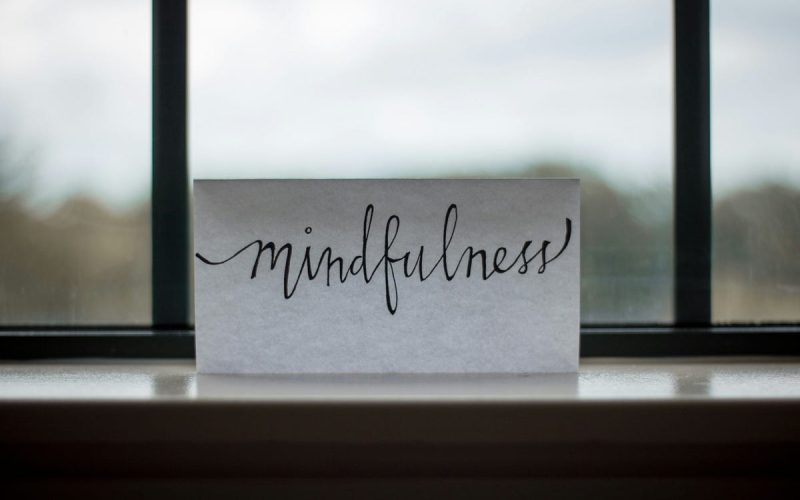Introduction
Life can get busy and stressful. Mindful living offers a way to slow down, enjoy the moment, and reduce anxiety. By adding a few simple habits to your day, you can feel calmer and more focused. In 2025, more people are turning to mindfulness practices to improve their health and happiness.
In this article, you’ll learn what mindful living means, why it matters, and simple practices you can start today. You’ll also find helpful tips and a handy table that summarizes these practices and their benefits. Let’s explore how to bring calm and focus into your life with easy, everyday steps.
What Is Mindful Living?
Mindful living means paying full attention to the present moment. It means noticing your thoughts, feelings, and surroundings without judging them. Instead of rushing through your day, you tune in to your body, your breath, and the world around you.
When you practice mindful living, you become aware of small details—like the taste of your food or the sound of birds. You let go of worries about the past and fears about the future. This simple shift can help you feel peaceful and grounded, no matter how busy your day is.
Why Practice Mindfulness?

Adding mindfulness practices to your routine brings many benefits. These simple habits can:
- Reduce stress and anxiety
- Improve focus and attention
- Boost mood and emotional well-being
- Enhance sleep quality
- Lower blood pressure and improve heart health
By focusing on the present, you give your mind a break from constant worry. Over time, this can lead to better mental and physical health, more energy, and a greater sense of happiness.
Benefits of Mindful Living
Adopting mindful living can have numerous benefits for your mental health, physical well-being, and overall quality of life. Some of these benefits include:
- Reduced Stress: Mindfulness helps reduce the impact of stress by focusing on the present and letting go of worries about the past or future.
- Improved Focus: Regular mindfulness practice can help improve your concentration and attention span.
- Better Emotional Health: Mindfulness can help you manage negative emotions, leading to better emotional regulation and resilience.
- Enhanced Relationships: Being present with others and listening attentively helps improve communication and relationships.
- Better Sleep: Mindfulness practices can promote relaxation and reduce the mental clutter that often keeps us awake at night.
Now that we know what mindful living is and its benefits, let’s dive into some simple practices you can adopt in your daily life.
Simple Practices for Mindful Living

Morning Breathing Exercise
Start each day with a short breathing practice. Sit or stand comfortably. Close your eyes.
Breathe in slowly through your nose for four counts. Hold for two counts. Breathe out through your mouth for six counts. Repeat five times.
This quick exercise helps clear your mind, lowers stress, and sets a calm tone for the day.
Mindful Eating
Choose one meal a day to eat without distractions. Turn off screens. Sit down and look at your food. Notice its colors and smells. Take small bites.
Chew slowly. Pay attention to flavors and textures. When you focus on eating, you enjoy your food more and avoid overeating.
Short Mindfulness Breaks

Every two hours, take a one-minute break. Close your eyes and notice your breath. Feel your feet on the floor.
Stretch your arms. Let your shoulders drop. These mini-breaks refresh your mind and body, so you return to work feeling alert and calm.
Gratitude Journaling
Each evening, write three things you are grateful for. They can be small—a warm cup of tea or a smile from a friend. Focusing on gratitude shifts your mind away from stress and toward positivity.
Mindful Walks
Take a 10-minute walk without listening to music or podcasts. Notice each step. Feel the ground under your feet. Listen to birds or the wind.
Watching trees and sky helps you relax and enjoy nature. This practice clears your mind and reduces stress.
Table: Mindfulness Practices and Benefits
| Practice | What to Do | Key Benefit |
|---|---|---|
| Morning Breathing Exercise | Breathe in for 4, hold for 2, exhale for 6, repeat 5 times | Reduces stress, clears the mind |
| Mindful Eating | Eat one meal without screens, focus on taste and texture | Improves digestion, prevents overeating |
| Short Mindfulness Breaks | One-minute check-in every two hours | Restores focus, relieves tension |
| Gratitude Journaling | List three things you’re grateful for nightly | Boosts mood, promotes positivity |
| Mindful Walks | Walk for 10 minutes, notice surroundings | Calms the mind, connects with nature |
Tips for Staying Consistent

- Set Reminders: Use your phone or planner to prompt you for mindful moments.
- Begin Small: Start with one practice a day. Gradually add more as you feel ready.
- Find a Buddy: Practice with a friend or family member to stay motivated.
- Track Progress: Note any changes in your mood or stress levels over time.
- Be Patient: Mindfulness takes practice. It’s okay if your mind wanders.
Conclusion
Mindful living can bring calm, focus, and balance to your life. By using simple mindfulness practices, you can lower stress and feel better. Try breathing exercises, mindful eating, and taking short breaks to improve your health. These easy habits fit into any schedule and start working right away.
Start small, stay consistent, and you’ll see significant changes. A calmer mind helps you enjoy life more fully and face challenges with a clear head.
Call-to-Action (CTA)
Ready to feel more calm and focused? Choose one mindfulness practice from this article and try it today. Visit our website for more tips and guided exercises to support your journey to a peaceful, mindful life!












